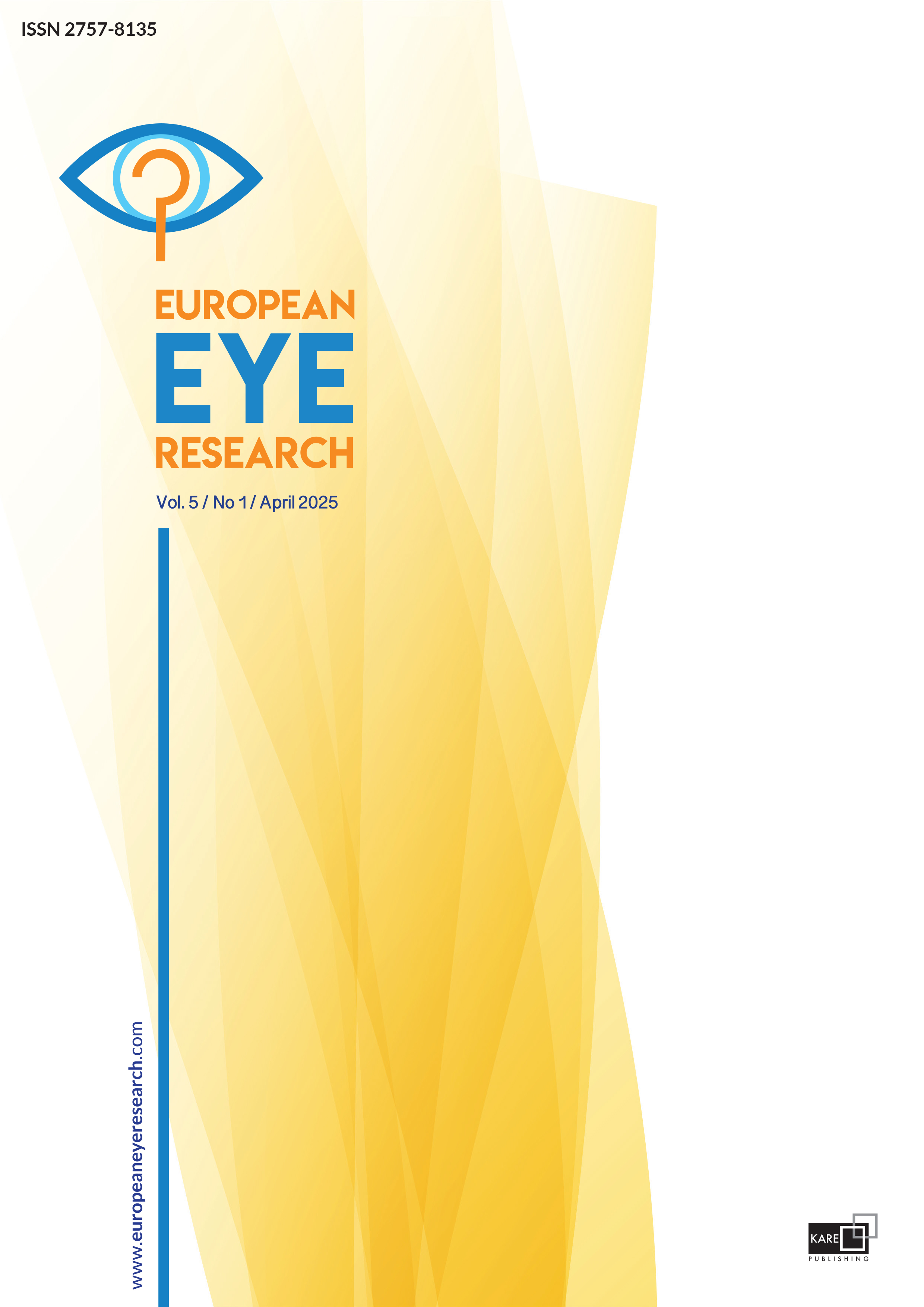

Visual outcome of macular hole surgery based on pre-operative hole configuration in optical coherence tomography from a developing country-Nepal
Saurav Piya1, Sweta Singh2, Jeena gurung1, Simanta Khadka3, Bikram Bahadur Thapa4, Shanti Gurung51Sudarshan Eye Care and Nursing Home, Gaur, Rautahat, Nepal2Lumbini Eye Institute, Bhairahawa, Nepal
3Matrika Eye Centre, Kathmandu, Nepal
4Nepalgunj Medical College and Teaching Hospital, Nepalgunj, Banke, Nepal
5Birtamode Eye Hospital, Birtamode, Jhapa, Nepal
PURPOSE: To predict the post-operative visual outcome considering the pre-operative factors and macular hole (MH) indices based on hole configuration in OCT.
METHODS: Twenty-six eyes of 26 patients with full thickness MH (Stage II, III, and IV) were enrolled in this retrospective observational study between June 2017 and April 2019. Preoperative morphological parameters of MH such as base and min-imum diameter, vertical height, left arm, and right arm length were calculated manually using the software in the cirrus optical coherence tomography (OCT) machine. MH Index (MHI), hole form factor (HFF), traction hole index, and diameter hole index were calculated and correlated with post-operative best-corrected visual acuity (VA) at last follow-up. 23-gauge pars plana vitrectomy, internal limiting membrane peeling with 12% C3F8 tamponade was performed in all patients and was followed up to 6 months postoperatively.
RESULTS: The median value of patient’s age, duration of symptoms, pre- and post-operative best corrected VA were 60 years, 9 months, 1.15 logMAR, 0.80 logMAR, similarly axial length, minimum hole diameter, base diameter of the MH, and central subfoveal macular thickness (CMT) were 22.8 mm, 646.5 μm, 736.5 μm, and 291 μm, respectively. Post-operative visual out-come after MH surgery is better in patients with MHI ≥0.5, HFF ≥0.9, and CMT ≥300 μm.
CONCLUSION: Pre-operative measurement of MH indices calculated from OCT images can be a prognostic factor in determining the post-operative visual outcome of MH surgery.
Manuscript Language: English



